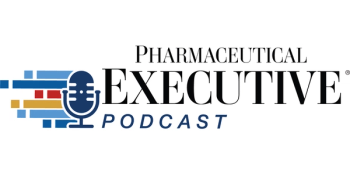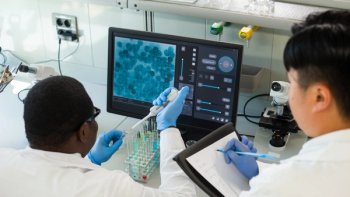
GLP-1 Drug Repurposing for Addiction Disorders Hampered by High Costs and Legal Hurdles
Armando Castro, partner, emerging companies, venture capital, Lowenstein Sandler, explains how regulatory, patent, and reimbursement challenges are slowing venture investment in GLP-1 and psychedelic addiction therapies.
In the fast-paced and capital-intensive world of biopharma, early-stage companies face a complex web of challenges—from securing funding and protecting IP to navigating regulatory and commercial pathways. Armando Castro, Partner in the Emerging Companies & Venture Capital practice at Lowenstein Sandler, brings deep legal and strategic expertise to the table, guiding innovative startups through these pivotal moments. In an interview with Pharmaceutical Executive, Castro shares his insights on the current funding environment, trends in biotech dealmaking, and how early-stage life sciences companies can position themselves for long-term success.
Pharmaceutical Executive: From a venture capital perspective, what are the top fundraising challenges that pharmaceutical startups face when developing opioid addiction treatments using GLP-1 drugs?
Armando Castro: With GLP-1 drugs, the biggest challenge for venture capitalists right now is regulatory complexity. These drugs are approved for obesity treatment, but expanding their use into addiction disorders would require additional FDA approval. In most cases, that means companies have to go back and conduct initial Phase I and Phase II trials. There's no modified approval pathway for this kind of expansion today, which makes the process both lengthy and expensive. That’s a major concern for investors.
Another challenge is around intellectual property. There are a number of existing patents related to GLP-1 drugs. Companies aiming to repurpose them for addiction treatment would need to analyze those patents to determine whether that new use is already covered. If it is, they may have to license the rights to that intellectual property. That not only adds to the cost, but also reduces the potential economic upside for investors, even if they’re first to market.
Compare that with working on a psychedelic instead of a GLP-1 drug. Psychedelics are still classified as Schedule I narcotics, and there are no currently approved drugs in that category. If a company were to secure a patent for using a derivative of a Schedule I psychedelic for addiction treatment, there's a chance they could capture a much broader market—similar to how pharmaceutical companies approached the GLP-1 space by seeking the broadest patent protections possible.
There’s also a lot of pricing pressure in the market. Investors are very aware of this. Reimbursement is a big question: Will Medicare or private insurance cover these treatments? Since the new uses aren’t approved yet, there’s a lot of uncertainty around how reimbursement and pricing would actually play out.
Altogether, these factors—regulatory hurdles, patent issues, and pricing uncertainty—create significant challenges for investors looking at companies developing addiction treatments using GLP-1s or psychedelics.
Full Interview Summary: Venture capitalists evaluating the addiction treatment space—particularly those exploring GLP-1 drugs and psychedelics—face significant regulatory and legal hurdles. GLP-1 drugs, although FDA-approved for obesity, would require new clinical trials and approvals (likely beginning with Phase I and II) to be used for treating addiction. This lack of an accelerated regulatory pathway adds considerable cost and complexity, deterring investment. Additionally, many existing patents on GLP-1s may cover new uses like addiction therapy, meaning potential license fees and reduced profit potential. Psychedelics face their own challenges as most remain Schedule I substances, but they offer a cleaner patent landscape with the possibility of broader protection if successful in treating addiction.
Investors must also weigh legal liabilities—patients with addiction histories may have weakened systems, increasing the risk of adverse reactions. State-by-state regulatory variability adds further uncertainty, especially as some jurisdictions may approach these treatments differently, much like cannabis regulations.
However, several market and public health shifts are making addiction treatment more attractive for pharmaceutical investment. Growing societal recognition of addiction as a medical condition has reduced stigma, while value-based care models and telehealth expansion are helping to lower long-term treatment costs. Moreover, the $26 billion opioid settlement has prompted states to seek innovative treatment options, creating a funding opportunity for alternative therapies. Investor interest is further encouraged by early- and mid-stage health tech momentum and ongoing discussions at the U.S. Patent and Trademark Office about limiting overly broad “method of use” patents.
Future regulatory developments—especially if the FDA and NIH increase flexibility around novel addiction treatments—could open additional pathways. The NIH’s HEAL Initiative may support clinical exploration of GLP-1s for addiction. Policymakers and public institutions appear increasingly supportive of reducing bureaucratic barriers for new treatments, adding further momentum to the field.
Newsletter
Lead with insight with the Pharmaceutical Executive newsletter, featuring strategic analysis, leadership trends, and market intelligence for biopharma decision-makers.




